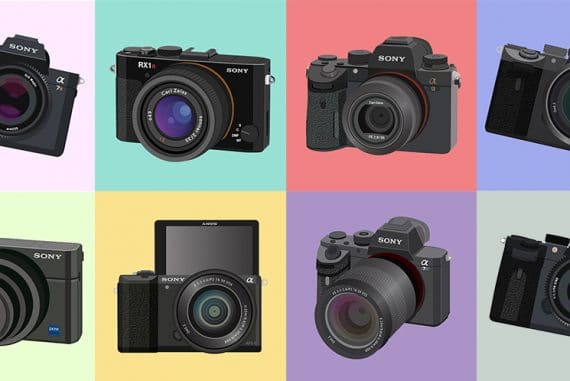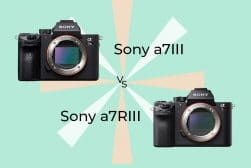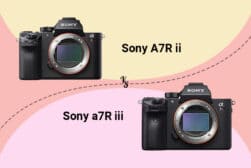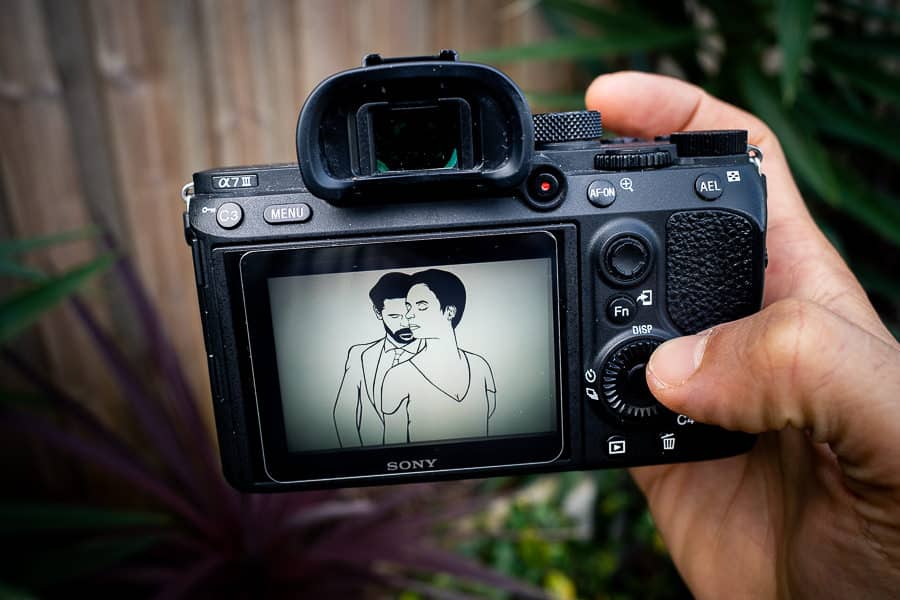Sony’s New A9 III is the First Ever Mirrorless Camera with a Global Sensor

After a decade of increasingly powerful Alpha full-frame mirrorless interchangeable lens cameras, Sony has now released its most advanced model yet.
This is the newly-introduced A9 III and it features a breakthrough in sensor technology along with a whole bunch of other genuinely incredible specs.

With the A9 III Sony has created a beast of a high-speed action photography machine that can shoot at up to 120fps blackout-free and features real-time recognition AF with its own dedicated AI processing unit.
AI AF is something that Sony has been a key innovator in, and with the A9 III, the acclaimed camera-making department at Sony has taken things to a pinnacle of performance.
First, however, let’s talk about the A9 III’s most notable feature. This is its full-frame global shutter image sensor, the first of its kind to ever be included in a camera of this type.
With its global image sensor, the A9 III offers several photographic benefits but the most important among them is the elimination of rolling shutter performance.
In other words, because this is a global sensor, every single pixel on its surface is read by the camera at the same time.
The result of this technology also means that this camera can deliver truly flicker-free shooting. For photographers working with artificial lighting while conducting high-speed action photography, that’s crucial because of how flickering lights can spoil a high-speed image.

Also, because of its global image sensor, the A9 III can shoot exceptionally well combined with flash, being able to handle flash syncing at any shutter speed.
When it comes to other speed metrics, the A9 III is also very, very impressive. This camera can shoot photos (not talking about video for this) at speeds of up to 120 frames per second while using full AF and automatic exposure tracking.
It does this with no distortions according to Sony and maintains a buffer depth of 1.6 seconds and can even apply these settings to 14-bit RAW photography. That’s some very cool technology at work right there.
Another awesome speed feature of the A9 III is shooting speed, which can go right down to 1/80,000 of a second for single shots. During continuous shooting, this gets capped off at 1/16,000 of a second but even that’s way above the average for most cameras.

To match its sensor and shutter performance specs, Sony has given the new A9 variant an EVF that can handle the camera’s awesome imaging technology. The A9’s EVF refreshes at 120Hz and this lets it shoot at 120fps without any blackout.
For processing all the astonishingly fast photography that the A9 III is capable of, there’s its Bionz XR processing engine, which Sony claims to be 8 times more powerful than this camera’s predecessor the A9 Mark II.
Sony has also taken into consideration the sheer overkill that 120fps photo shooting might be for many practical scenarios. Thus, to offset its complications, the company has given the new A9 version something called Speed Boost.
With Speed Boost, the A9 can be made to normally take photos at much slower speeds and then only go up to 120fps if you press the C5 button on the camera body while holding down the shutter.

Also, the playback of photo reams shot at 120fps is handled as a video sequence instead of being shown as a set of distinct photos one by one.
Sony claims that the A9 III’s AF and subject recognition technologies are the best it’s ever made in one of its cameras.
This presumably means that this new model should perform even better than the A7R V, which was recognized as one of TIME magazine’s technologies of the year for its AF and AI combo.
Like its predecessor A9, the new Mark III model has a 759-point AF system that covers 95.6% of its global sensor and Sony has also added an option for adjusting between extra-small or extra-large focus points.
Obviously enough the A9 III includes an in-camera image stabilization system that offers 8 stops of correction and Sony claims improved performance thanks to IBIS Synchronization.
When it comes to video recording, the A9 III is no slouch at all. It can shoot 4K at 60p with 6K oversampling and uncropped 4K at 120fps. This latter spec has never before been available in a Sony Alpha camera.
It also offers 10-bit 4:2:2 AII-I and 16-bit RAW output along with S-Cinetone and S-Log3.
While the sensor in the A9 III is only a 24.6-megapixel CMOS edition, bear in mind that as a full-frame model, it delivers superior performance per pixel.

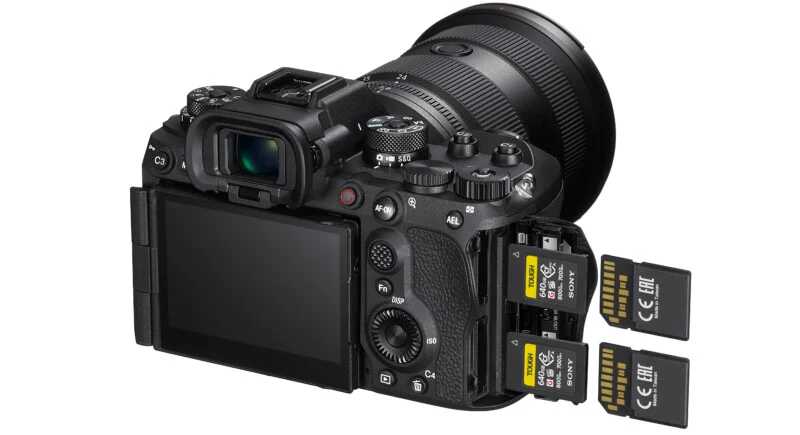

In any case, the global sensor technology and being able to shoot at 120fps with this camera more than compensate for a lack of extra pixels.
Along the back of the A9 III, you can also control plenty of video and photo settings through the camera’s 4-axis 3.2-inch LCD touch screen with a 2,095K dot resolution and DCI-P3 wide color gamut visual specs.
The robustly-built A9 III features HDMI, Ethernet and USB ports and Sony has built it to be more ergonomically usable for quick shooting while on the go. There’s also a lock function for the drive mode dial, which lets you use the A9 III one-handed if needed.
This powerful new Sony mirrorless camera for action photography will be shipping as of next spring for a fairly hefty retail price of $5,999. You can pre-order it now and beat the rush though.






